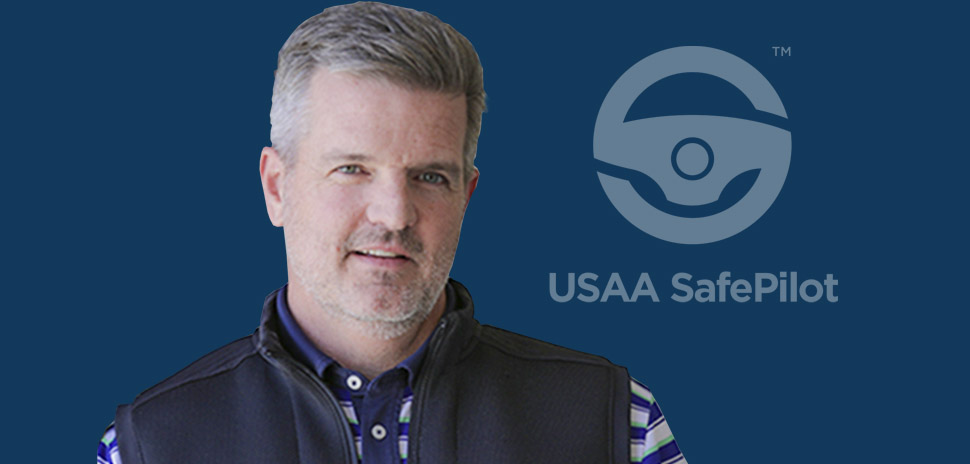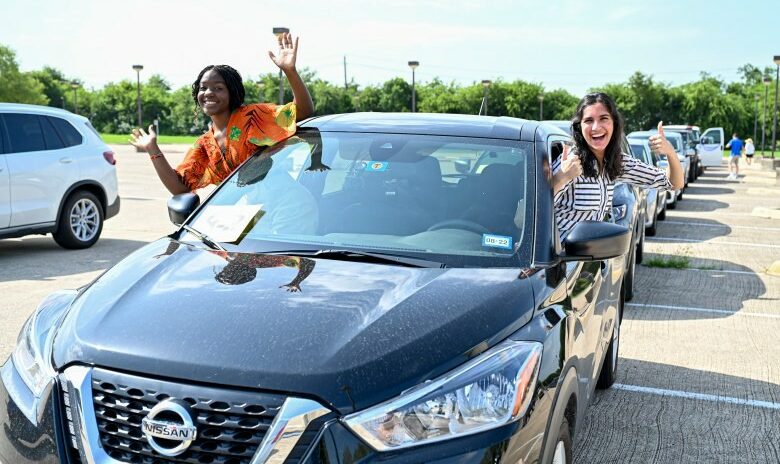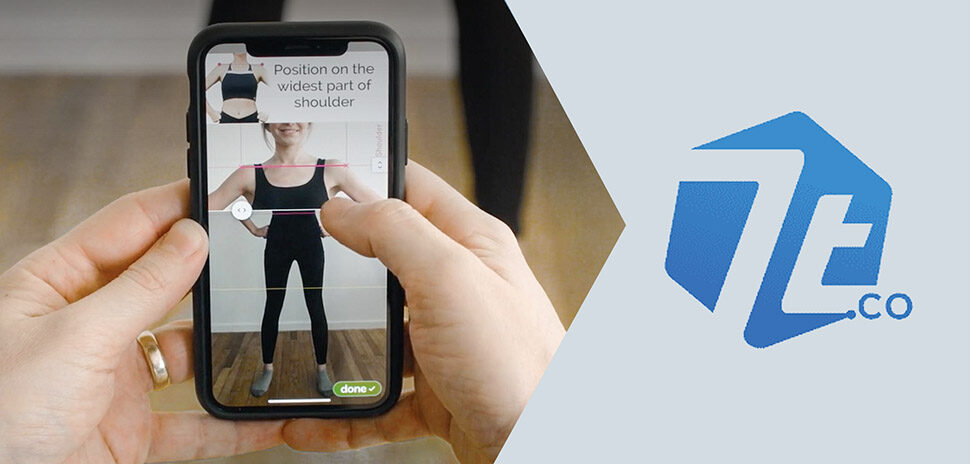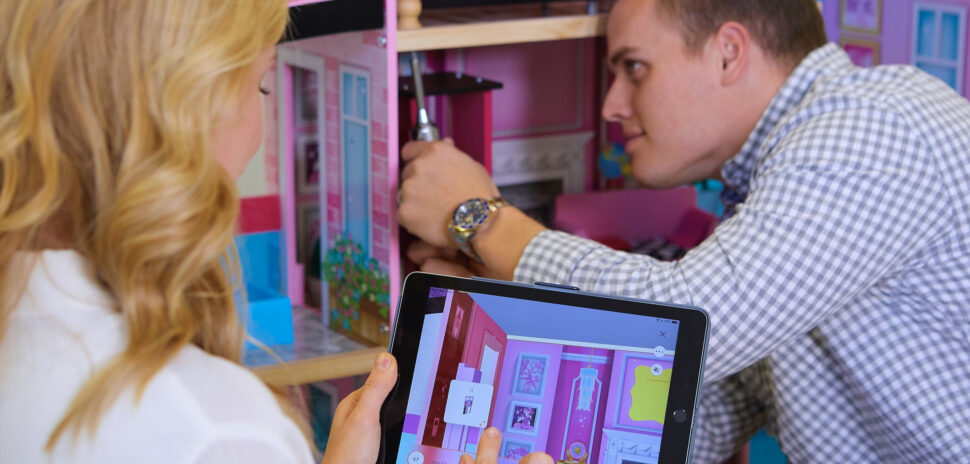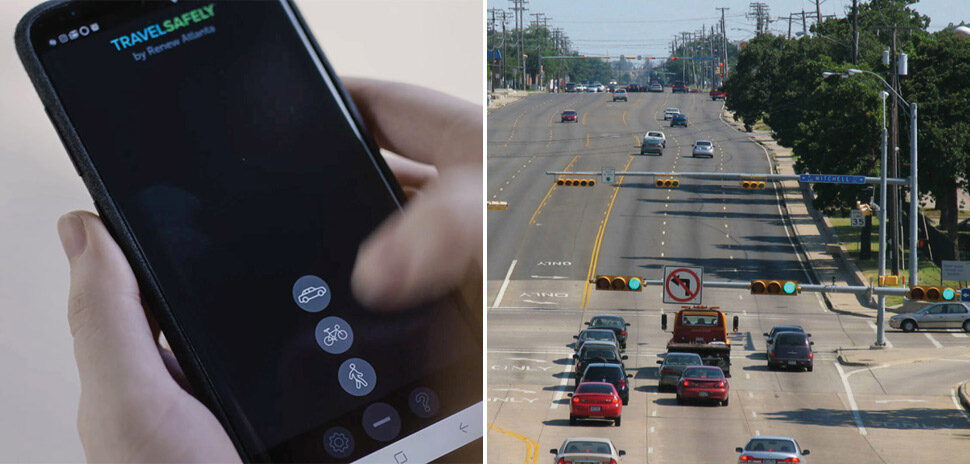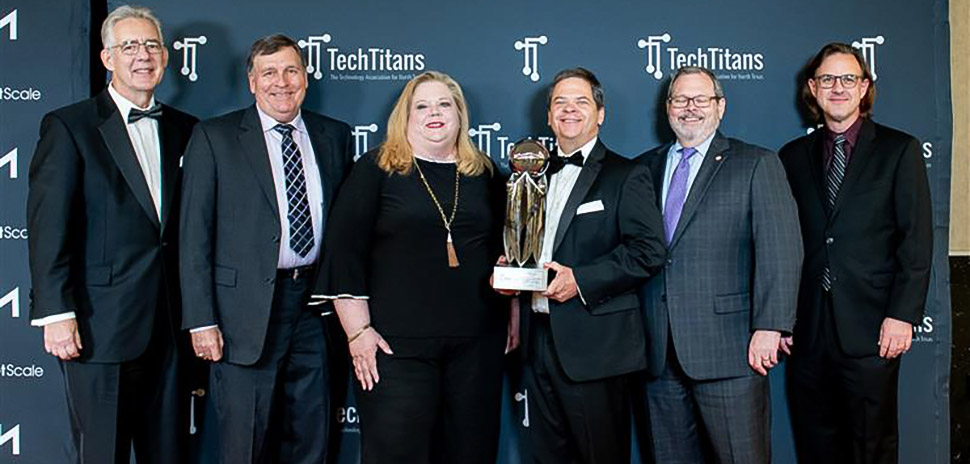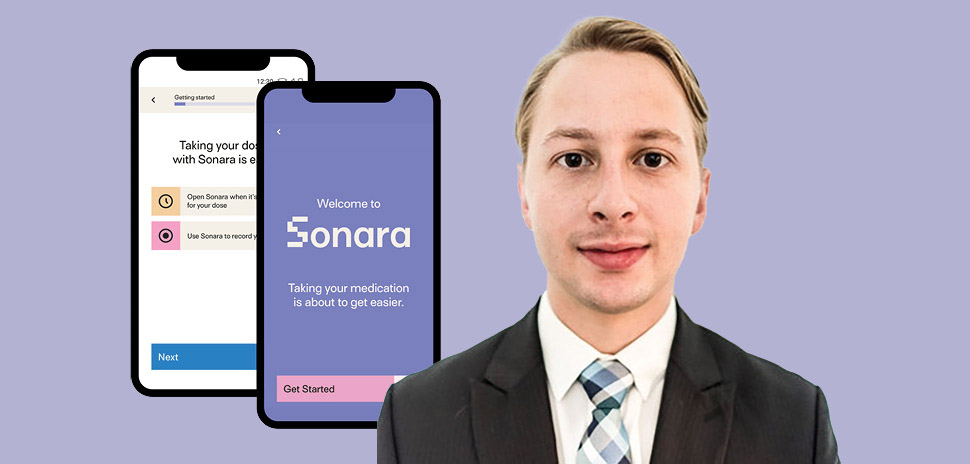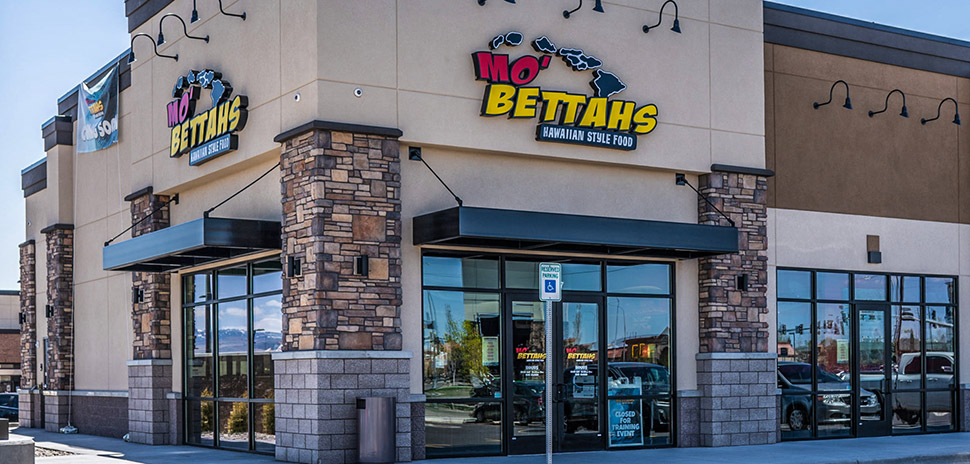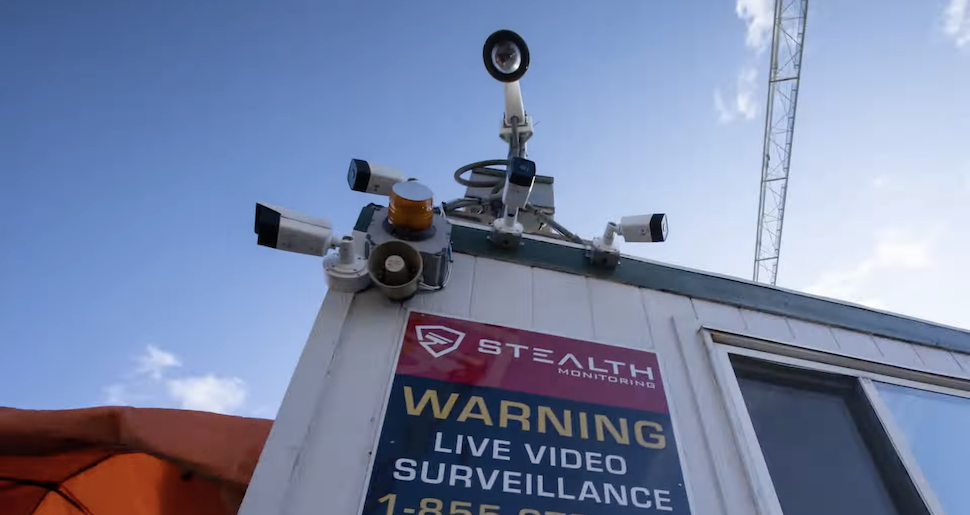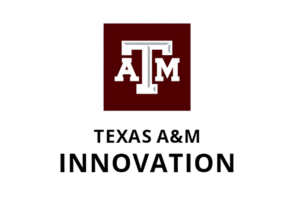One minute, drivers are focused on reading traffic, following speed limits, obeying stop lights, etc. A hot second later, they’re in a wreck. They are now Ace Ventura, Crash Detective.
What day did this happen? Where did this happen? What time, exactly?
USAA recently launched telematics enabled auto claims, which uses data from their telematics program SafePilot to permanently retire drivers from their role as Crash Detective.
Since it was introduced in 2018, SafePilot has used USAA members’ cellphone-laden GPS technology with their permission to track vehicle movements (that system is known formally as telematics). Members who download and use SafePilot are given discounts of between 5 and 20 percent, depending on driver behavior (cellphone handling, hard braking, and other risky acts decrease the discount).
In November 2019, USAA began using data from the app to create a digital forensics portal capable of recording accident data (date, time and location) at the point of collision, with the intention of expanding that capability to tease out more details.
“Really what that does is it just streamlines the (accident-reporting) process and allows the members – in our case, military families – to get back on their feet faster,” said Sean Burgess, chief claims officer, SVP at USAA.
“This allows our adjustors to focus more on the more complex things that may be involved in a claim, but also the empathetic … and comforting side of handling claims,” he said.
Making a Cellphone an ‘Accident Detective’
Perhaps one of the most remarkable features USAA is perfecting, is SafePilot’s ability to detect accidents, without the need for plugging an extra device into a vehicle’s data port—commonly referred to as a “dongle.” (Allstate’s Drivewise program requires the use of a dongle.) Further, SafePilot is able to discern whether a member is driving, or if they’re a passenger.
How does USAA discern whether someone’s haphazardly launched their phone across their car’s interior, or if that person has been involved in a rollover accident?
“That’s an evolving technology,” Burgess said. “We’re very comfortable at USAA, doing testing, learning and iterating, and getting better. And we see that improvement each and every time we iterate on the application.”
Burgess explains the workings of SafePilot’s telematics-enabled auto claims in further detail:
SafePilot allows users to manually tell the app when they’re driving, versus riding as passengers. Even when users don’t tell the app if they’re driving or riding, the app’s technology is able to determine—based on prior user behavior—if they’re the ones driving.
“Technology continues to improve, to where it learns your behaviors,” Burgess said. “Being app-based allows us to do much more than dongle-based data collection.”
USAA derives some baseline data for detecting collisions through the Insurance Institute for Highway Safety, where cars are crashed (and data is collected) for research purposes, Burgess said.
USAA Plano Team Integral
Integral in developing telematics enabled auto claims is USAA’s design and information technology team in Plano, he added.
“Our user-centered design team … meets with members, they run pilots for us, they do the design work, to make sure that is as user-friendly, and as member-centric as possible,” Burgess said.
“We also have our IT teams up there that are connected in our user design teams,” he said. “So it’s a really nice mix in the Plano area, where we have experience-led team IT teams, connected to make rapid changes in the SafePilot app.”
Gee-wiz technology aside, the program’s 5 to 20 percent member discount has been adopted by roughly half of all new members, in the states where SafePilot has been launched (Texas, Arizona, Ohio and Virginia). Nearly 100,000 USAA members are using the SafePilot app currently, he said.
Plans are for the app to be available for members in the majority of states, with the incremental expansion beginning in 2021, based on state-government approvals, Burgess said.
“Our goal is to roll this out because our members are telling us they want it, by the 50 percent adoption (rate),” he said. “We believe that telematics and behavior-based insurance is the future, and it’s now.”
A version of this story appeared on the Dallas Regional Chamber website. The DRC is a partner with D Magazine in producing Dallas Innovates.
![]()
Get on the list.
Dallas Innovates, every day.
Sign up to keep your eye on what’s new and next in Dallas-Fort Worth, every day.










